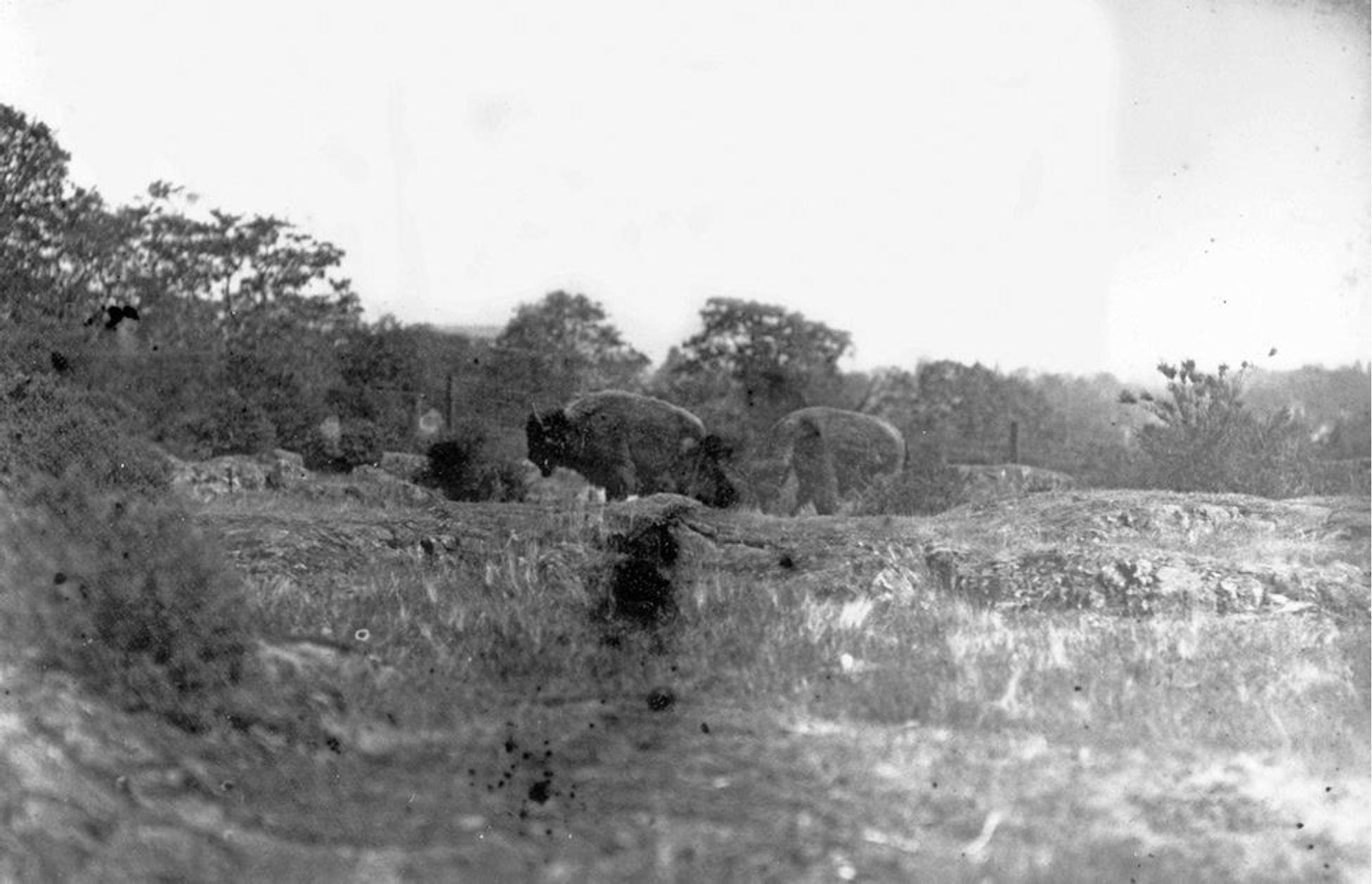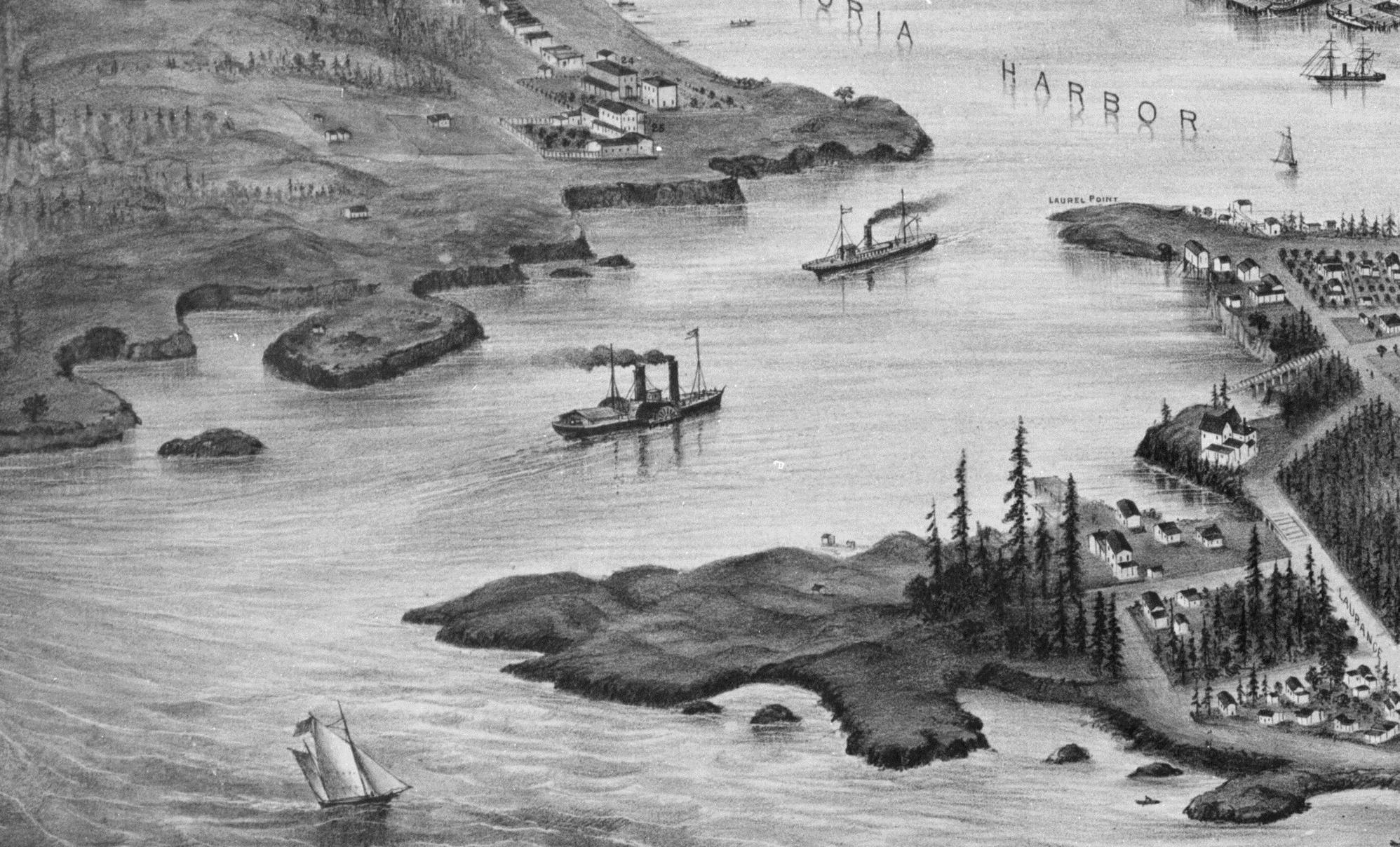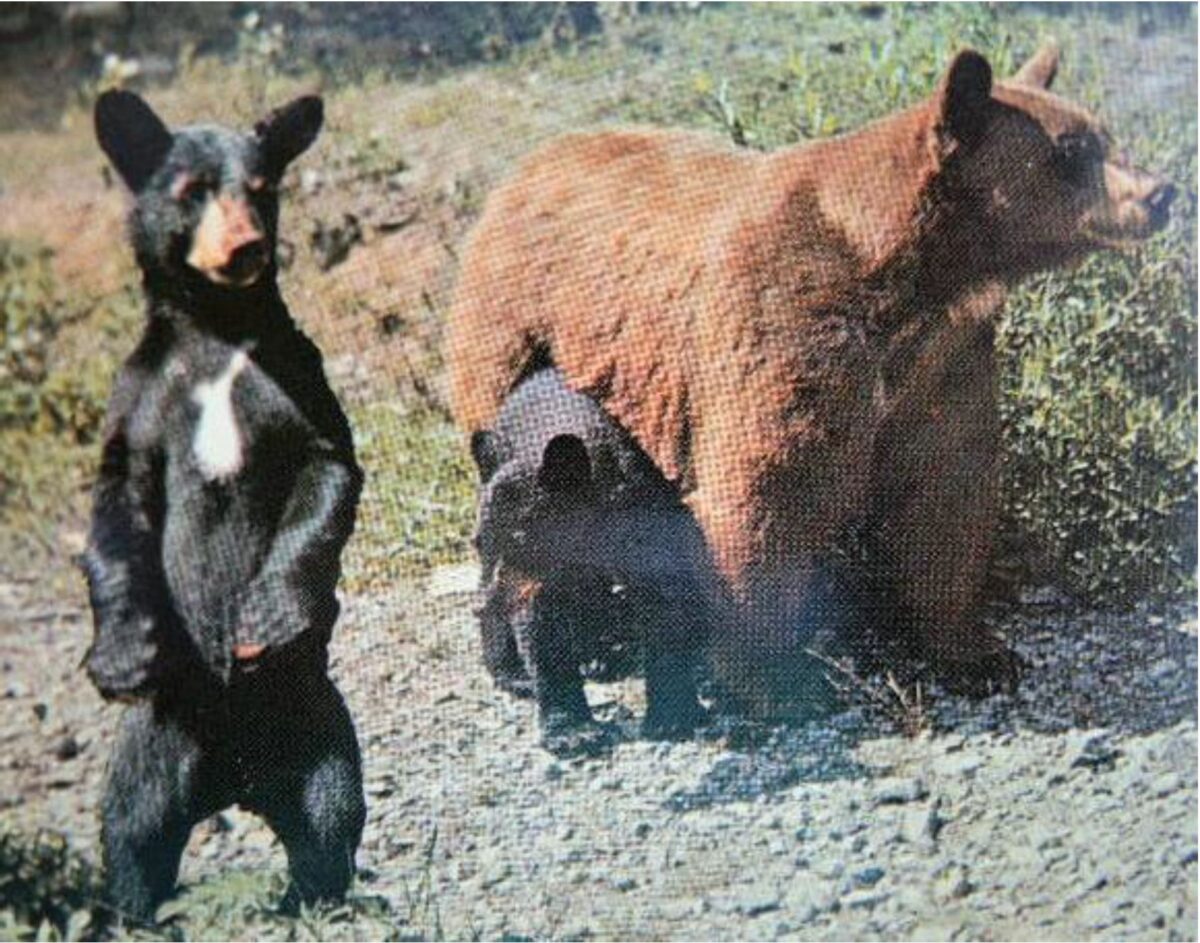
June 20, 2017 By Grant Keddie Introduction A very interesting specimen is recorded in the catalogue of the Vertebrate Zoology Collection of the Royal B.C. Museum for April 19th, 1932. It was the body of a three-day old bison donated by the Victoria Parks Department. It was the baby born in Victoria’s Beacon Hill Park to its bison parents Victoria and Albert. Where did the Bison Come From? On November 9, 1928, William Straith, President of the Victoria Junior Chamber of Commerce, had advised the Victoria Park Committee that he had been trying to obtain two bison (buffalo) for the Beacon Hill Park Zoo. The Dominion (Federal) government allotted two from Alberta’s Buffalo National Park near Wainright where they had … Continue reading “The Bison of Beacon Hill Park”
















